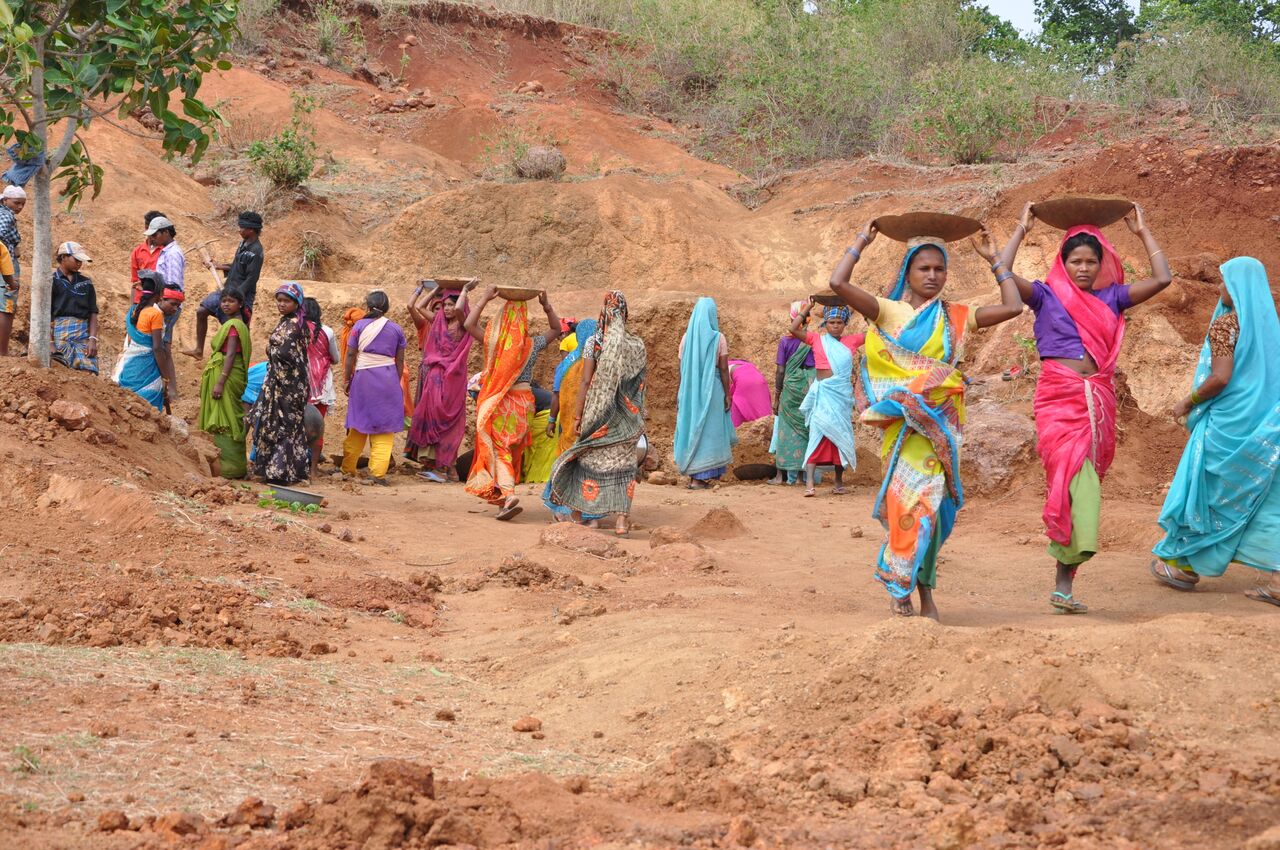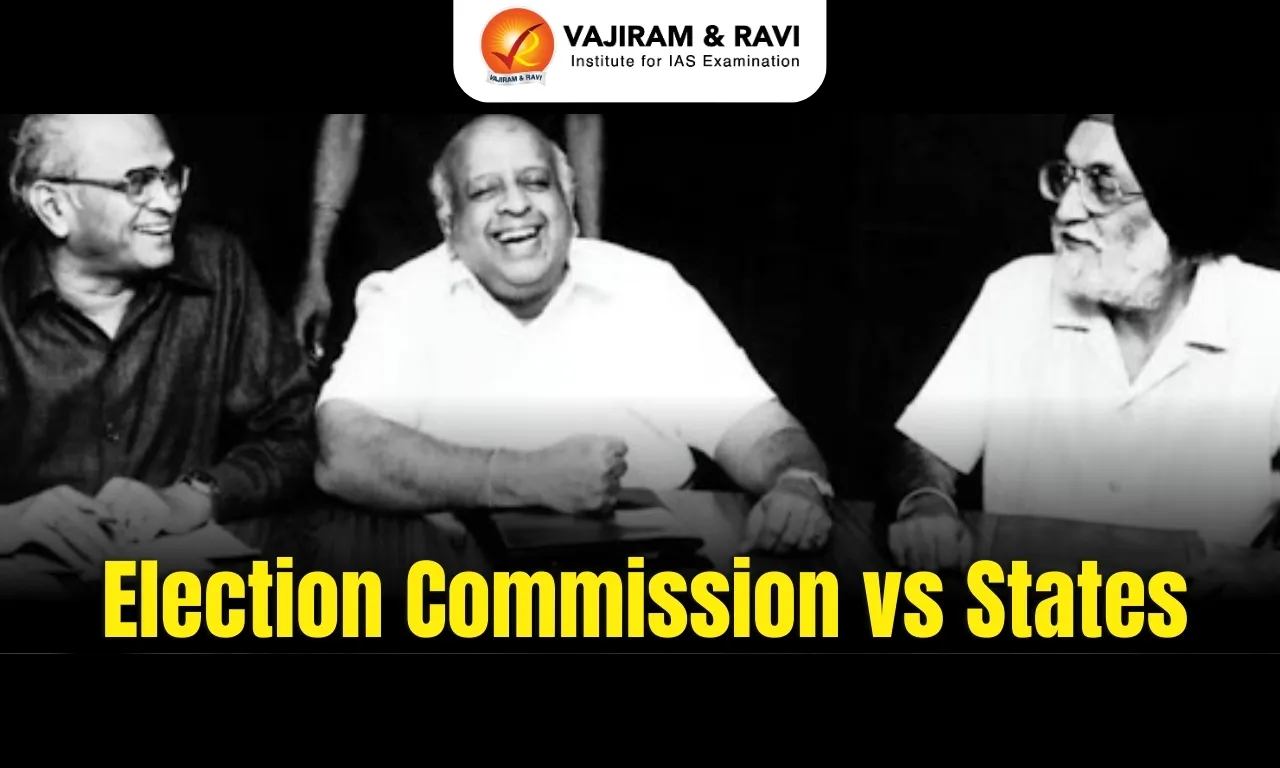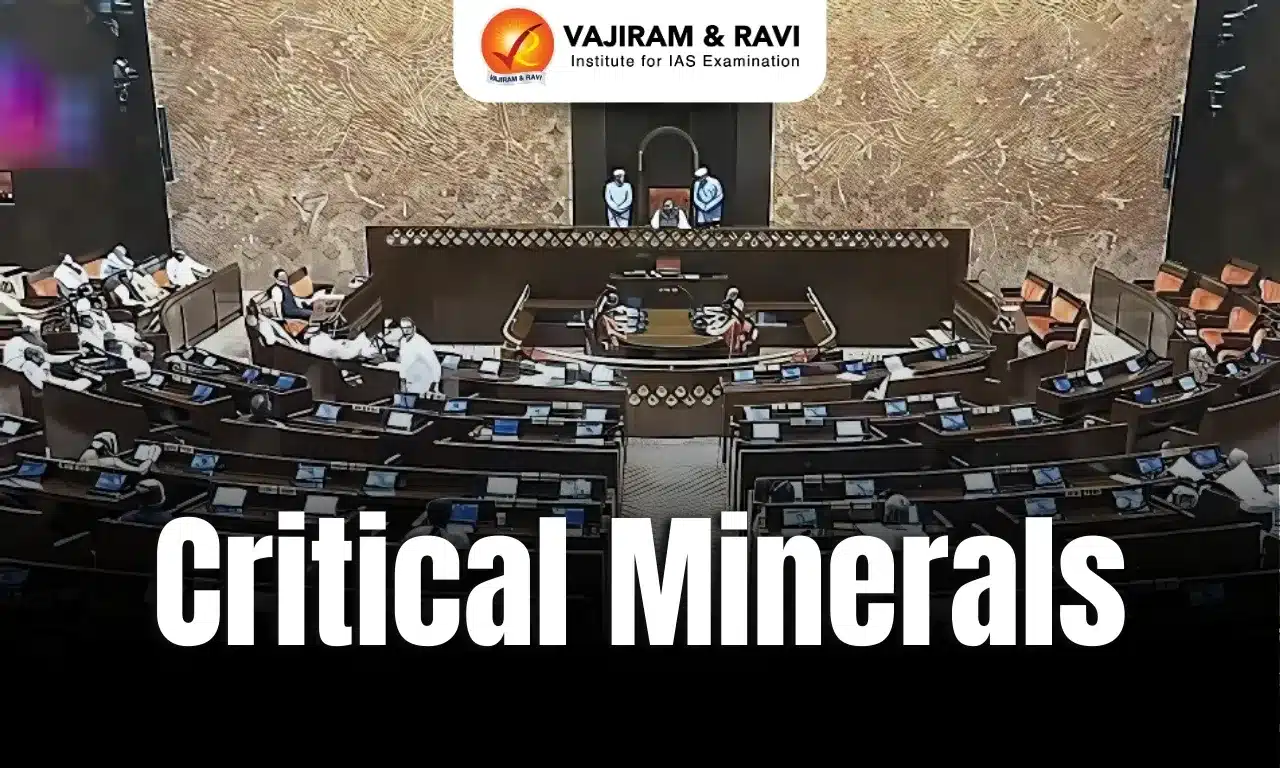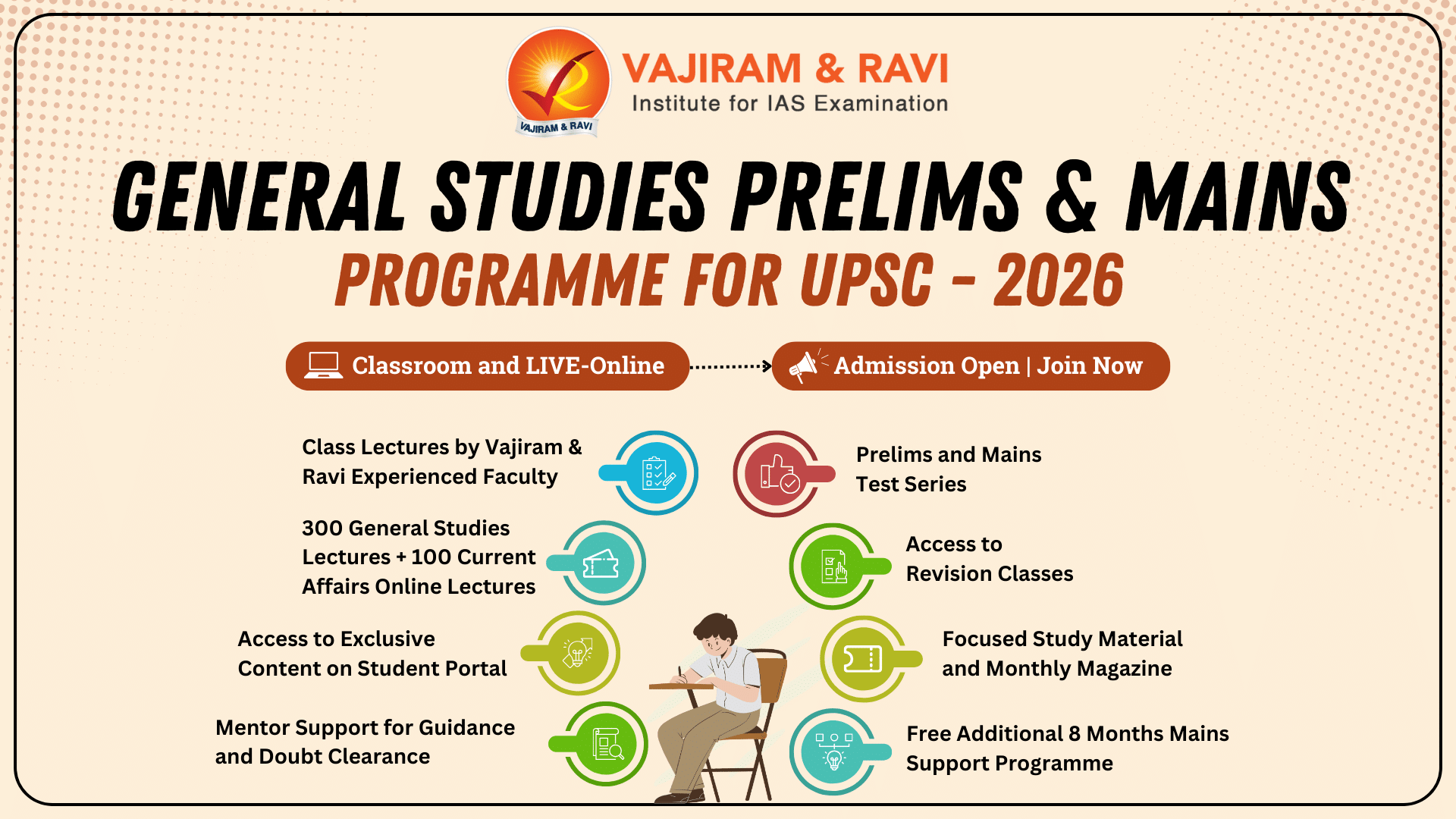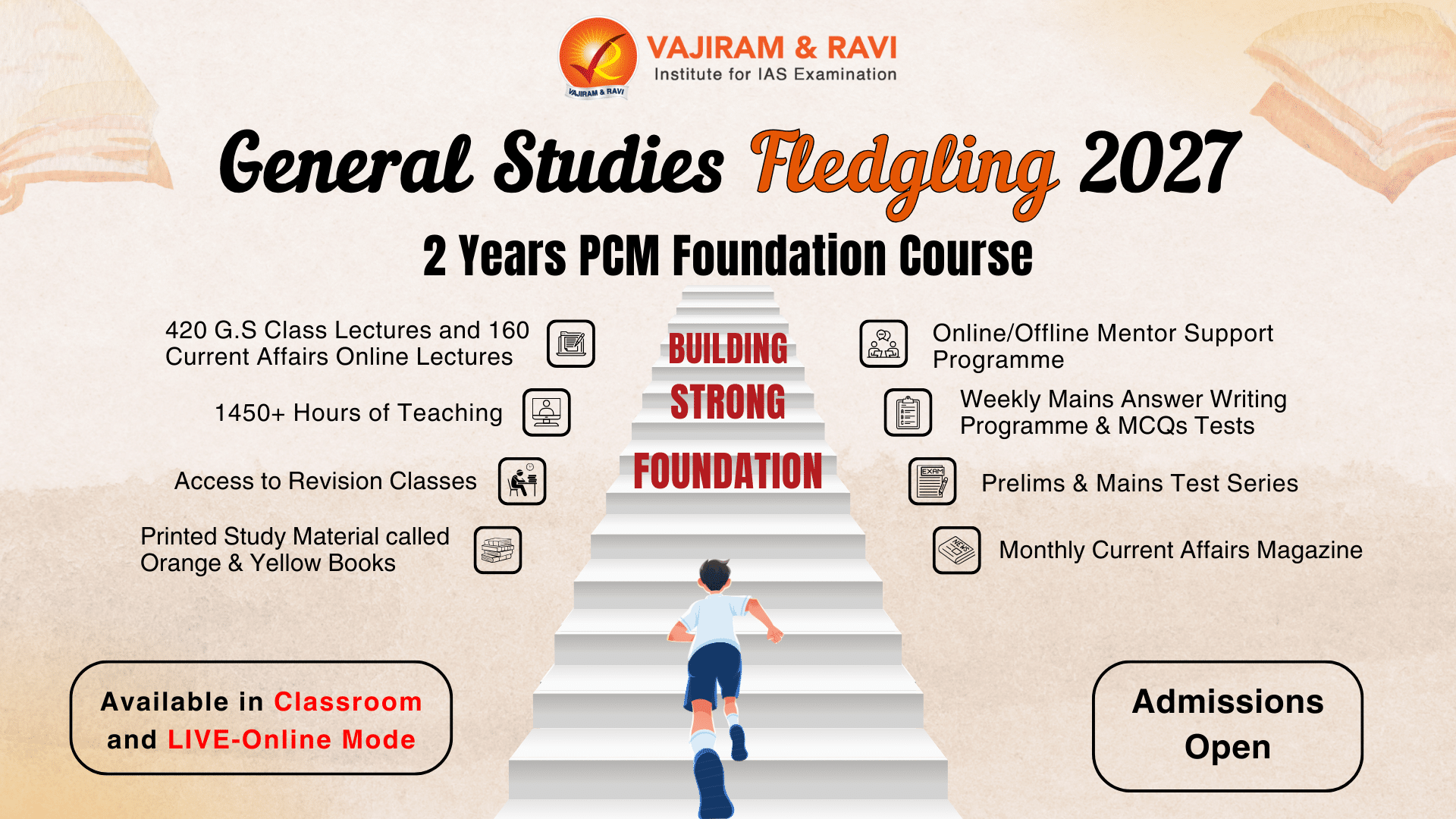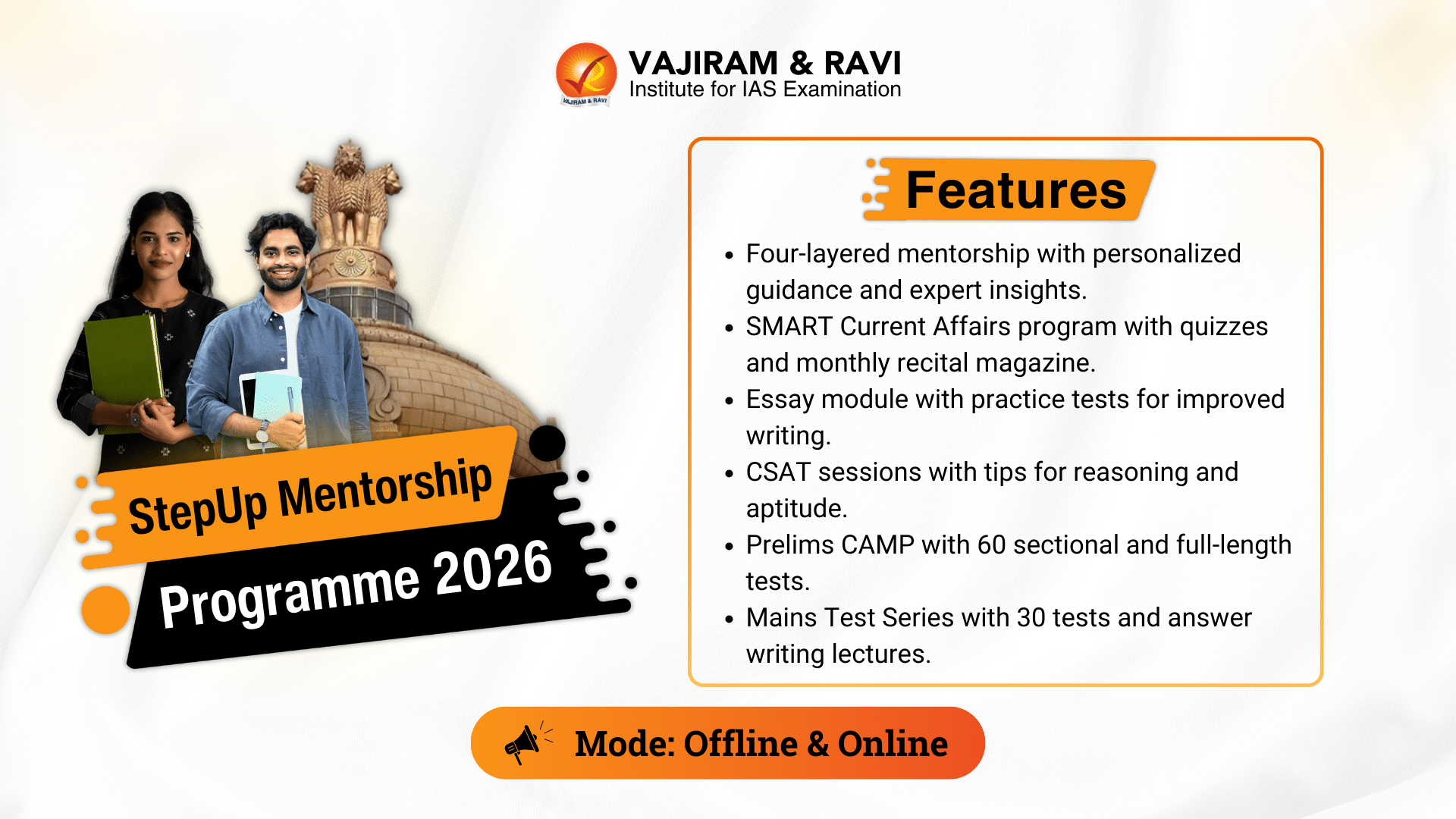What’s in Today’s article
- Mahatma Gandhi National Rural Employment Guarantee Scheme – About, features, Budget allocation, MGNREGA & COVID, Criticism
- News Summary
Why In News:
- The Central government has constituted a committee to review the implementation of MGNREGA scheme to assess the programme’s efficacy as a poverty alleviation tool.
- The committee is headed by former Rural Development secretary Amarjeet Sinha.
Mahatma Gandhi National Rural Employment Guarantee Scheme (MGNREGS):
- The National Rural Employment Guarantee Act (NREGA) was notified in September, 2005.
- In 2009, through an amendment, the name of the Act was changed to Mahatma Gandhi National Rural Employment Guarantee Act (MGNREGA).
- Mandate: To provide at least 100 days of guaranteed wage employment in a financial year to every rural household whose adult members volunteer to do unskilled manual work.
- The Mahatma Gandhi National Rural Employment Guarantee Scheme was created as the means to implement the Act so that the guarantee comes into effect.
- MGNREGS is a Centrally-Sponsored Scheme i.e. the scheme is jointly funded by the Central government and the State governments.
- Concerned Ministry: Ministry of Rural Development
Salient Features of the Scheme:
- Legal Right to Work:
- The MGNREGA provides a legal guarantee for wage employment.
- Every rural household has the right to register under MGNREGA.
- Also, at least one-third of the beneficiaries of the scheme have to be women.
- There are legal provisions for allowances and compensation both in cases of failure to provide work on demand and delays in payment of wages for work undertaken.
- Demand-Driven:
- It is a demand-driven programme where provision of work is triggered by the demand for work by wage-seekers.
- Decentralized mode of implementation:
- The State governments have powers to make rules and amend the concerned State scheme.
- Gram Panchayats (GPs) are to implement at least 50 per cent of the works in terms of cost.
- Plans and decisions regarding the nature and choice of works to be undertaken etc. are all to be made in open assemblies of the Gram Sabha and ratified by the GP.
- Annual Report tabled in the Parliament:
- CEGC is a statutory body set up under Section 10 of the MGNREGA.
- It is chaired by the Union Minister for Rural Development.
- An Annual Report prepared by the Central Employment Guarantee Council (CEGC), on the outcomes of MGNREGA is required to be presented annually by the Central Government to Parliament.
- The MGNERGA covers the entire country with the exception of districts that have a hundred percent urban population.
Budget allocation
- The government’s expenditure on job guarantees is among the largest social sector spends it budgets for.
- 730 billion Indian rupees have been earmarked ($8.94 billion) towards the jobs scheme for fiscal 2022-23
- Historic allocation of 1.1 trillion rupees was made in FY 2020-2021.
MGNREGA & COVID
- MGNREGA acted as a crucial safety net during COVID pandemic
- In the financial year 2020-21, the number of person days of work provided under the scheme rose drastically.
- In 2021-22 too, the demand for MGNREGA work remained high, and 363 crore person days of work were generated.
Criticism
- Poorer States like Uttar Pradesh, Bihar haven’t been able to use the scheme optimally to alleviate poverty, while economically better-off States like Kerala use it as an asset creation tool
- The scheme has been criticised by economists like Jagdish Bhagwati and Arvind Panagariya as an “inefficient instrument of shifting income to the poor”.
- While Bihar needs MGNREGA more, money cannot be denied to affluent states like Keralabecause of the current structure of the programme.
- MGNREGA is slammed for the lack of tangible asset creation.
News Summary
- The government has constituted the Sinha committee to review the implementation of the MGNREGA
- The committee has been tasked to study the various factors behind demand for MGNREGA work, expenditure trends and inter-State variations, and the composition of work.
- It will suggest what changes in focus and governance structures are required to make MGNREGA more effective.
- It will review whether the scheme should focus more on community-based assets or individual works.
Last updated on August, 2025
→ UPSC Mains Admit Card 2025 has been released on 14th August at www.upsc.gov.in.
→ UPSC Mains 2025 will be conducted on 22nd August 2025.
→ UPSC Notification 2025 was released on 22nd January 2025.
→ UPSC Calendar 2026 is released on 15th May, 2025.
→ UPSC Prelims Question Paper 2025 and Unofficial Prelims Answer Key 2025 are available now.
→ UPSC Prelims Result 2025 is out now for the CSE held on 25 May 2025.
→ The UPSC Vacancy 2025 were released 1129, out of which 979 were for UPSC CSE and remaining 150 are for UPSC IFoS.
→ UPSC Prelims 2026 will be conducted on 24th May, 2026 & UPSC Mains 2026 will be conducted on 21st August 2026.
→ The UPSC Selection Process is of 3 stages-Prelims, Mains and Interview.
→ UPSC Result 2024 is released with latest UPSC Marksheet 2024. Check Now!
→ UPSC Toppers List 2024 is released now. Shakti Dubey is UPSC AIR 1 2024 Topper.
→ Also check Best IAS Coaching in Delhi


